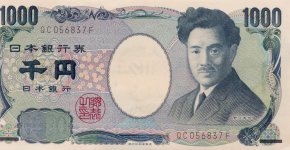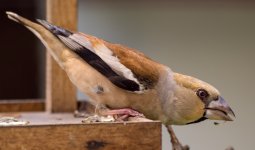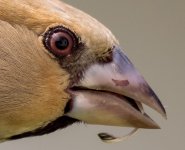Tord
Well-known member
Last weekend I tested the TLAPO 804 480mm F/6 vs. a Zuiko 300/2.8 lens.
Developed in Lightroom 5, using same settings for all RAWs
I can share the source files and res chart photos if anyone interested.
- Setup on tripod on a fair day, no wind to speak of.
- Placed the subject on a door in shade (used a first resolution chart printed on A4 paper/600 DPI and then a banknote), paying attention it is square centered on the optical axis.
- Distance to subject about 8 meters.
- ISO 400, high enough to eliminate any possible shake blur and still noise low enough so the results would not be affected.
- Used E-M5 for the scope and E-M1 for the lens. I suppose I would have got the same results the other way around, cameras have almost same sensors.
- Focused the scope accurately using 14X magnification.
- Used AF with the lens, after first verifying it focuses accurately.
- IS off, locked the tripod head.
- Took three shots using 12s timer delay and kept the best of three (all were in principle identical).
- All shots taken wide open (to benchmark the quality at full aperture)
Developed in Lightroom 5, using same settings for all RAWs
- Contrast -25
- Expose +1
- White +40 and black -40 to utilize the dynamic range
- No sharpening
- No noise reducction
- Developed to JPG 1024 wide and quality to comply to the forum file size constraints
- 300/2.8
- 300/2.8 + 1.4 Zuiko TC
- 300/2.8 + 2.0 Zuiko TC
- 480/6
- 480/6 + 1.45 telenegative from Zuiko OM 100-200 zoom lens.
I can share the source files and res chart photos if anyone interested.











